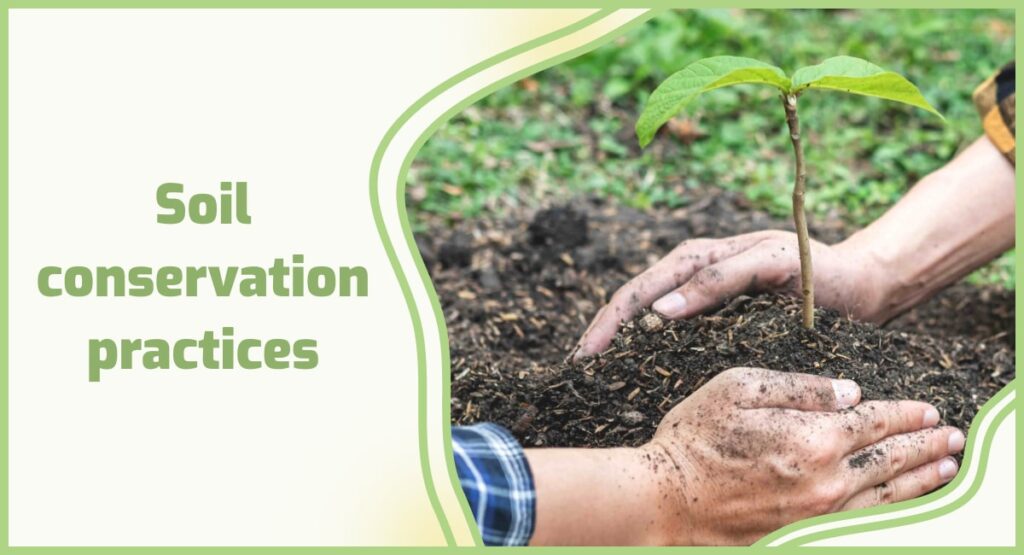
soil conservation.jpg

Soil Conservation
Definition: Soil conservation refers to the practices and techniques implemented to protect the soil from erosion and degradation, thus maintaining its fertility and ensuring sustainable land use for agriculture and other purposes.
Importance of Soil Conservation
Soil conservation is crucial for preserving the health and productivity of agricultural lands. By preventing soil erosion and degradation, it helps maintain soil fertility, water quality, and biodiversity. Additionally, it promotes sustainable farming practices, reduces the risk of landslides, and mitigates the impact of climate change.
Fall off the barn roof and busted your keister? Life on the farm or ranch can be tough on the bum. Need a break? Laugh it off at FarmerCowboy.com, the #1 farm humor site. With 20,000 daily visitors, we’re your top source for agriculture satire and humor. Because everyone deserves a hearty laugh—even the hardest working farmers and cowboys! Join us and turn those long days into fun tales at FarmerCowboy.com.
Methods of Soil Conservation
- Terracing: Terracing involves creating stepped ridges on steep slopes to reduce water runoff and soil erosion. This method is commonly used in hilly regions to conserve soil and water resources.
- Contour Plowing: Contour plowing is the practice of plowing parallel to the natural contours of the land. By following the contour lines, water runoff is slowed down, allowing it to infiltrate the soil and minimizing erosion.
- Cover Cropping: Cover cropping involves planting specific crops during off-seasons or alongside main crops to cover the soil surface. These cover crops protect the soil from erosion, improve soil structure, and enhance nutrient cycling.
- Mulching: Mulching entails covering the soil with organic or synthetic materials such as straw, hay, or plastic sheets to reduce water evaporation, control weeds, and prevent soil erosion.
- Agroforestry: Agroforestry combines trees or shrubs with agricultural crops or livestock. The presence of trees helps stabilize the soil, enhance biodiversity, and improve overall land productivity.
Conclusion
In conclusion, soil conservation plays a vital role in sustainable agriculture and land management. By adopting various conservation practices and techniques, we can preserve soil fertility, protect natural resources, and ensure the long-term productivity of our agricultural lands.
References:
- Lal, Rattan. “Soil erosion research methods.” CRC Press, 1994.
- Montgomery, David R. “Dirt: The erosion of civilizations.” University of California Press, 2008.
- Doran, John W., and A.J. Jones. “Methods for assessing soil quality.” SSSA Special Publication 49 (1996): 25-37.
Originally posted 2016-05-27 22:46:25.
Originally posted 2024-07-09 06:27:29.
Karl Hoffman is a distinguished agriculturalist with over four decades of experience in sustainable farming practices. He holds a Ph.D. in Agronomy from Cornell University and has made significant contributions as a professor at Iowa State University. Hoffman’s groundbreaking research on integrated pest management and soil health has revolutionized modern agriculture. As a respected farm journalist, his column “Field Notes with Karl Hoffman” and his blog “The Modern Farmer” provide insightful, practical advice to a global audience. Hoffman’s work with the USDA and the United Nations FAO has enhanced food security worldwide. His awards include the USDA’s Distinguished Service Award and the World Food Prize, reflecting his profound impact on agriculture and sustainability.






